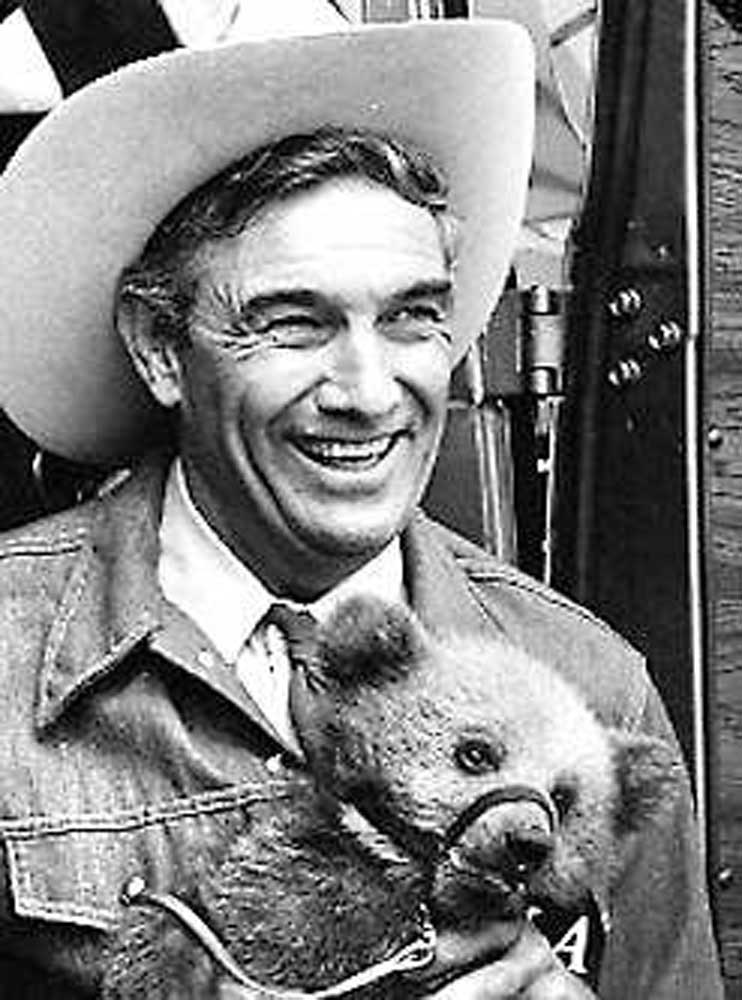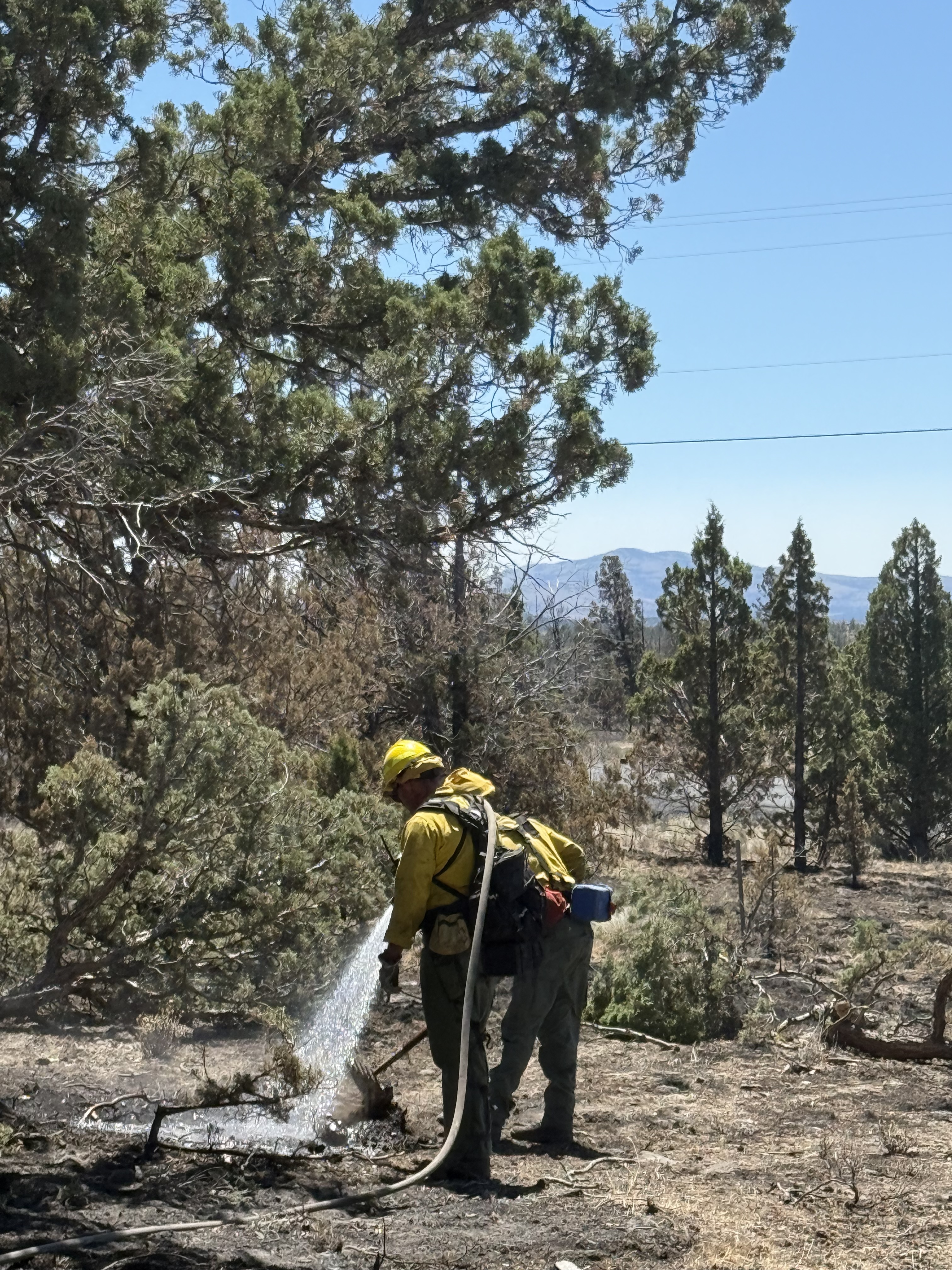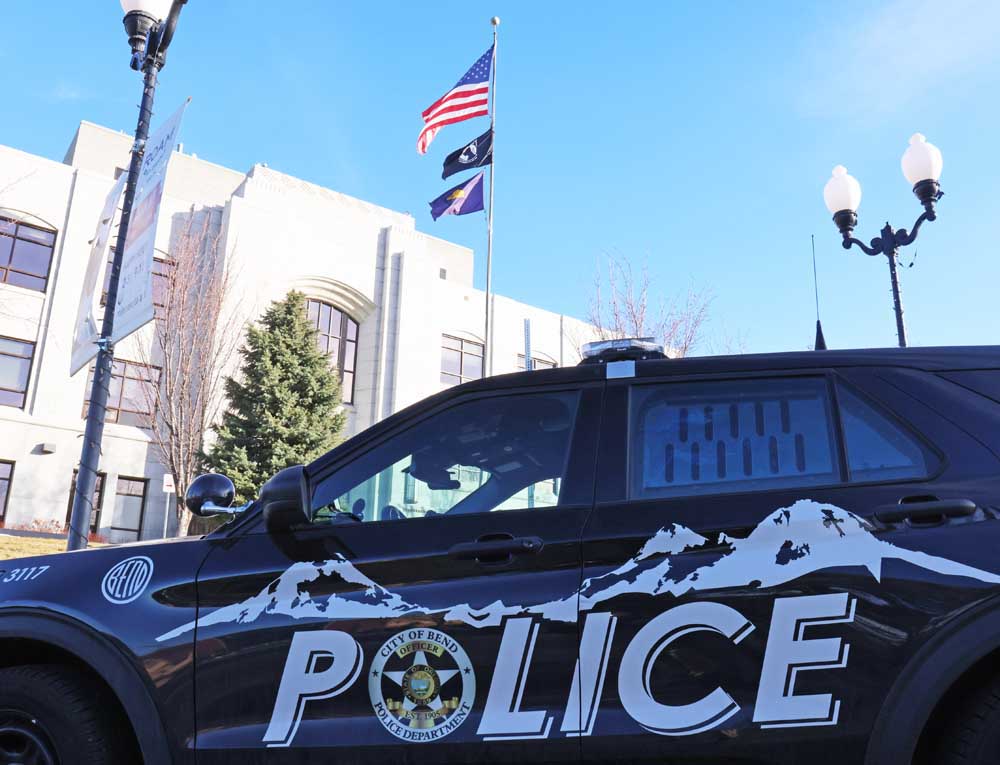Cal Worthington, a car dealer and California cultural legend
Published 5:00 am Tuesday, September 10, 2013

- Cal Worthington, a car dealer famed for TV and radio ads, built a fortune from a series of West Coast car dealerships and became a TV fixture thanks to commercials urging customers to “go see Cal.”
Cal Worthington, a car dealer whose off-the-wall commercials, first broadcast in the 1950s, bombarded California television viewers for more than half a century and made him a cultural legend, died Sunday at his ranch in Orland, Calif. He was 92.
His death was confirmed by his family.
Trending
Worthington sold a lot of cars — more than a million of them, by his count — and at his peak in the 1960s ran an empire of 29 dealerships from San Diego to Anchorage. But it was the way he sold them that made him a byword for creative hard-sell salesmanship in the great American tradition.
Stuck with a dud location when he bought his first dealership, Worthington decided that the only way to attract customers was to hit the airwaves hard with radio and television commercials that stood out from the pack. This turned out to be his ticket to fame and fortune.
In relentless campaigns that treated television viewers to as many as 100 commercials a day, Worthington proclaimed the virtues of the latest gem on the lot while, for example, strapped to the wing of a soaring biplane or standing on his head on the hood of a car — a visible demonstration of his motto, “I will stand upon my head until my ears are turning red to make a deal.”
In the background, a chorus of male voices and frantic banjo pickers sang a jingle to the tune of “If You’re Happy and You Know It,” each of its many verses ending with the tag line: “Go see Cal, go see Cal, go see Cal.”
The madness only escalated. When a rival dealer began using a pet dog in his television advertisements in the early 1970s, Worthington rustled up a gorilla and told the audience: “Howdy, I’m Cal Worthington and this is my dog Spot. I found this little fella down at the pound and he’s so full of love.”
Spot reappeared as a hippo, an iguana and a snake, but never a dog. In other Spot spots, which ran until the 1980s, Worthington rode Shamu the killer whale at an aquatic amusement park while waving his cowboy hat, chauffeured a tiger in a golf cart and sat astride an elephant. All the while, the Cal chorus belted out the promise of fabulous deals:
Trending
If you need a better car, go see Cal.
For the best deal by far, go see Cal.
If you want your payments low, if you want to save some dough,
Go see Cal, go see Cal, go see Cal.
The exuberant cheesiness of Worthington’s ads made him a folk hero, as much a part of California popular culture as Woodies with surfboards on the roof, or Orange Julius stands. He was a frequent guest on “The Tonight Show,” where Johnny Carson performed parodies of his commercials. He appeared as himself in the 1973 Jack Lemmon film “Save the Tiger” and was the model for the car salesman played by Ted Danson in the 1993 film “Made in America.” He even infiltrated Thomas Pynchon’s novel “Inherent Vice.”
Calvin Coolidge Worthington was born on Nov. 27, 1920, in Bly, Okla., a tiny town that no longer exists. He was one of nine children living in a shotgun house with no plumbing. He wore clothes made from old flour bags.
“We were starving and barefooted,” he told The Los Angeles Times in 2010. “I had a very awful childhood.”
His father moved the family to Kilgore, Texas, where there was work in the oil fields. Cal dropped out of school at 13 and, after working as a water boy on a road crew, signed on with the Civilian Conservation Corps, blazing trails in what would become Rocky Mountain National Park in Colorado.
Keen on becoming a pilot, he enlisted in the Army Air Corps in 1942 and flew B-17 Flying Fortresses on 29 bombing missions over Germany. He left the military with the rank of captain, a Distinguished Flying Cross and hopes of becoming a commercial pilot, but lack of a college degree disqualified him.
Instead, using the $500 he made from selling his car, he bought a gas station in Corpus Christi, where his family had moved. The gas station did not prosper, but he sold used cars on the side and, after getting rid of the station, established his first dealership, Dependable Used Cars.
In 1948, he bid on a load of welding rods being sold off as war surplus in Hawaii, sold his car dealership to pay for them and drove out to Los Angeles to take delivery, hoping to save money by shortening the distance. A longshoreman’s strike stranded the rods, and by the time they were unloaded they were so water-damaged that it took Worthington two years to sell them off.
Improvising, he bought a Hudson dealership on Slauson Avenue in Huntington Park for $2,600 from Earl Muntz, also known as Madman, who pioneered the kind of lunatic hard-sell commercials on radio that Worthington would perfect on television.
Initially, he made commercials with himself as the star, but in 1959 he began broadcasting a live three-hour country-music show from the dealership on Friday and Saturday nights. “Cal’s Corral,” which ran until 1972, featured performers like Johnny Cash, Buck Owens and Roger Miller, who shared airtime with the car commercials.
The rising cost of television time forced Worthington to give up that show and concentrate on 90-second commercials. He eventually created his own company, Spot Advertising, to film as many as 40 ads a week at a studio on his ranch in Orland, near Chico. This prolific output led to a love-hate relationship with Californians, who sometimes felt as if they were slowly being driven mad by Worthington’s nonstop assault.
At the same time, there was no denying the genius of the famous Cal jingle. Rare was the listener who could not manage a smile when hearing:
If your axle is a-saggin,’ go see Cal.
Maybe you need a station wagon, go see Cal.
If your wife has started naggin,’ and your tail pipe is a-draggin’
Go see Cal, go see Cal, go see Cal.
Worthington’s four marriages ended in divorce. He is survived by his sons, Rod, Cal Jr. and Coldren; his daughters, Barbara Worthington, Susan Skellenger and Courtney Worthington Shepherd; and nine grandchildren.








